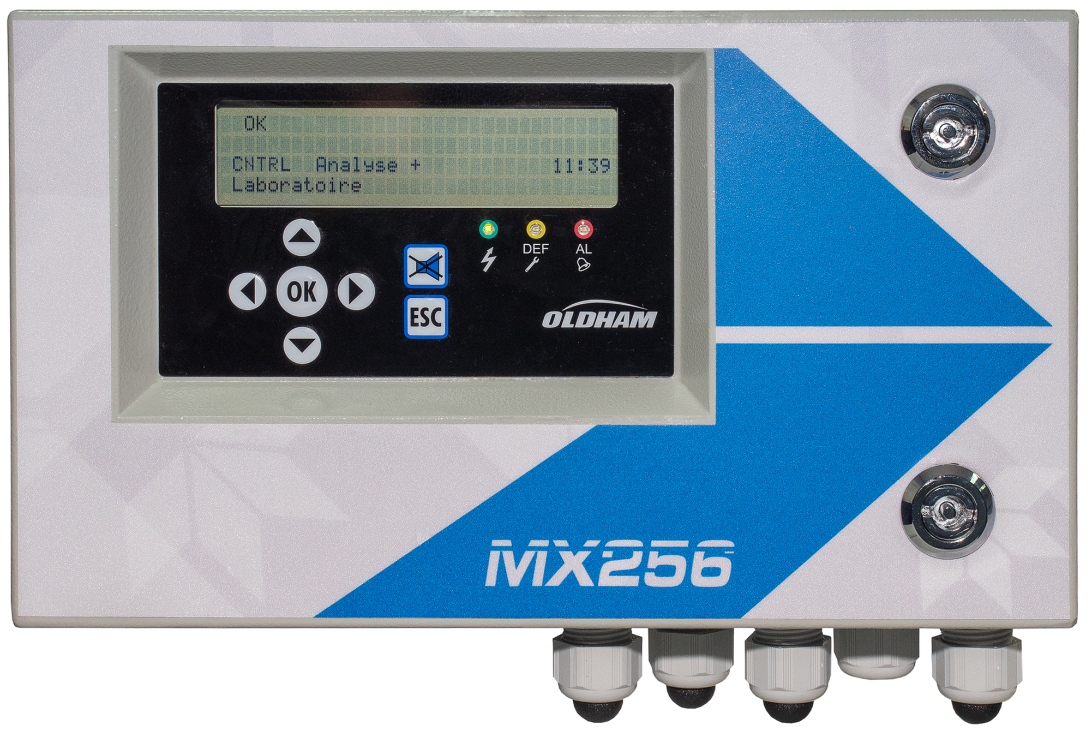We understand the day-to-day hazards that can arise when using various gases, and the difficulties in ensuring safety in your working environment and for your teams.

Image Credit: Teledyne Gas and Flame Detection
That's why we're pleased to announce the launch of our latest addition, the MX 256. Offering over 200 gas detection points, this cost-effective unit provides flexible, accurate and reliable site management, while our semi-automatic magnetic calibration will simplify your maintenance to ensure your system stays healthy in the toughest environments.
In addition, our fully addressable sensors significantly reduce installation costs and, more importantly, minimize the overall cost of ownership compared to using multiple stations for larger sites such as laboratories, hotels, schools, universities, and large public and industrial facilities.
The MX 256 complements the MX family of units, including the MX 16, MX 32, MX 40, MX 43, MX 52 and MX 62, offering our customers a wide range of solutions designed to meet your own gas detection needs.
- Its strong points:
- 8-line digital control unit
- The digital detectors of the OLCT10N series can detect the following gases O2, NO, NO2, NH3, CO, CO2
- Compact and easy to install
- Integrated relays
- Large capacity
- 256 addressable relays
- 224 logic inputs
- 256 analogue outputs
- 256 digital sensors
- In a wall-mounted box, the MX 256 is compact and easy to install, the configuration will be carried out thanks to its programming software COM 256.
- Thanks to its new option of industrial controller or remote HMI, the MX 256 allows:
- The connection of 4-20 mA detectors
- Data recording on USB key or SD card
- To share the recorded information or to provide a diagnosis of the installation thanks to its embedded web page
- Multiple applications are possible:

Image Credit: Teledyne Gas and Flame Detection
- Production and storage areas, large industrial warehouses.

Image Credit: Teledyne Gas and Flame Detection
- Hotels / public buildings / commercial facilities

Image Credit: Teledyne Gas and Flame Detection

Image Credit: Teledyne Gas and Flame Detection